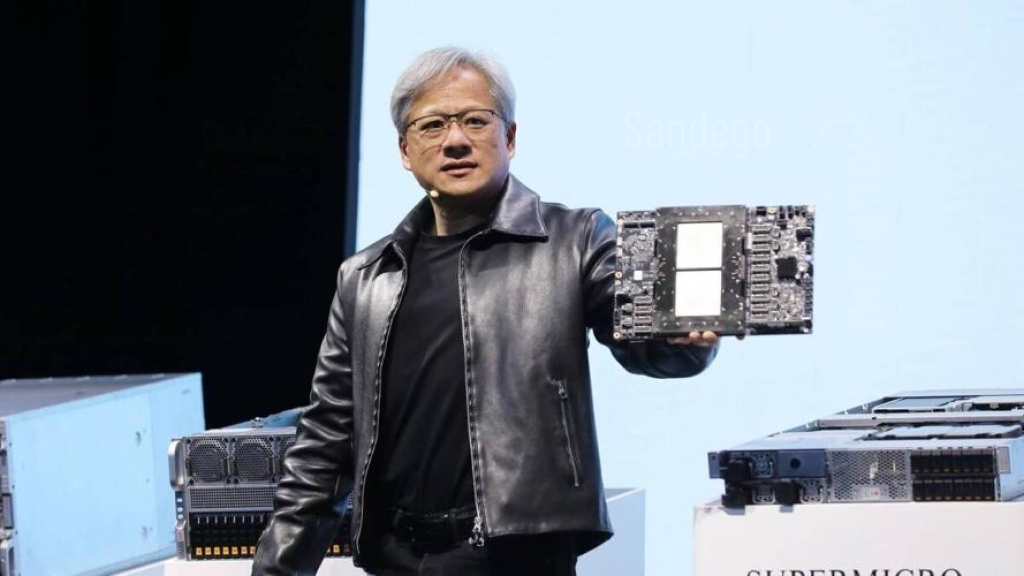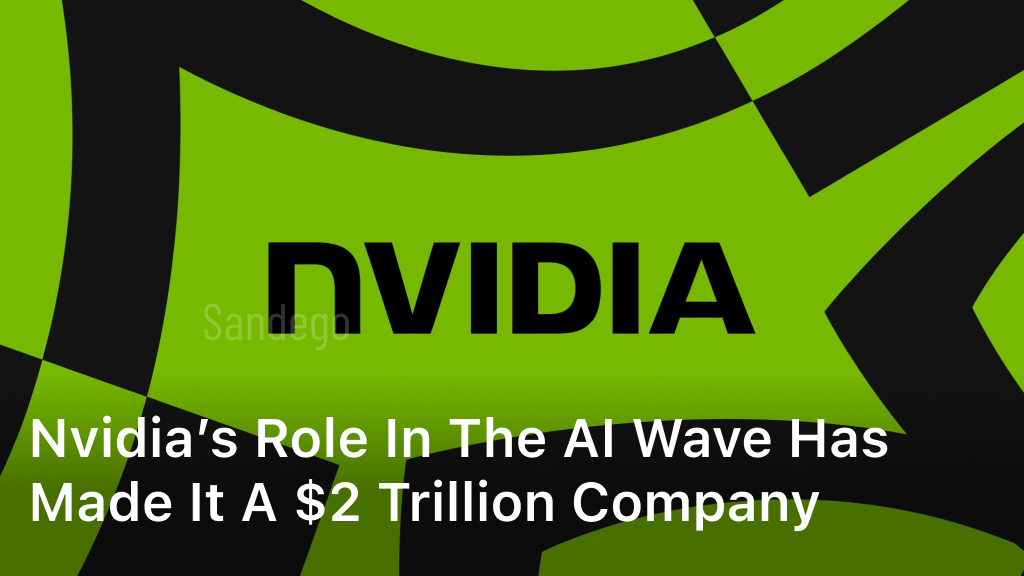Nvidia, a leading technology company, has emerged as a key player in the realm of Artificial Intelligence (AI). Its innovative solutions and groundbreaking technologies have propelled it to become a $2 trillion company, marking a significant milestone in the tech industry.
Evolution of Nvidia in AI
Nvidia’s journey in AI dates back to its early recognition of the potential of graphics processing units (GPUs) in accelerating AI algorithms. Initially known for its graphics cards in gaming, Nvidia swiftly transitioned into the AI space by leveraging the parallel processing power of GPUs for complex computations required in AI training and inference.
Key Contributions to AI
Nvidia’s contributions to AI are multifaceted. It has developed GPU architectures specifically tailored for deep learning tasks, such as the Tesla series. Moreover, Nvidia’s CUDA programming model has become the standard for parallel computing in AI, enabling developers to harness the power of GPUs efficiently.
Market Capitalization Milestone

In a testament to its dominance in AI, Nvidia’s market capitalization recently surpassed the $2 trillion mark, solidifying its position as one of the most valuable companies globally. This milestone underscores the immense value that investors place on Nvidia’s role in shaping the future of AI technology.
Factors Driving Growth
Several factors have contributed to Nvidia’s remarkable growth in the AI domain. These include strategic partnerships with leading tech companies, continuous innovation in GPU technology, and an expanding portfolio of AI-focused products and services. Additionally, Nvidia’s relentless pursuit of excellence in AI research and development has fueled its growth trajectory.
Impact Across Sectors
Nvidia’s AI technology has permeated various sectors, revolutionizing industries such as healthcare, automotive, finance, and more. From enabling breakthroughs in medical imaging to powering autonomous vehicles, Nvidia’s solutions have demonstrated unparalleled versatility and efficacy across diverse applications.
Challenges
Despite its success, Nvidia faces challenges in maintaining its leadership position in the AI landscape. These include rising competition from established tech giants and emerging startups, as well as regulatory scrutiny regarding data privacy and AI ethics. Additionally, the rapidly evolving nature of AI presents ongoing challenges in staying ahead of the curve.
Future Prospects
Looking ahead, Nvidia’s future in AI appears promising. With continued investments in research and development, strategic acquisitions, and a strong focus on addressing societal challenges through AI, Nvidia is well-positioned to sustain its growth momentum and drive further innovation in the field.
Conclusion
Nvidia’s transformative role in the AI wave has propelled it to unprecedented heights, culminating in a $2 trillion market capitalization. As a pioneer in GPU-accelerated computing and AI technology, Nvidia continues to shape the future of AI-driven innovation across industries, reaffirming its status as a powerhouse in the tech world.
FAQs
- What makes Nvidia stand out in the AI industry? Nvidia’s specialized GPU technology and commitment to AI research set it apart, enabling it to deliver high-performance computing solutions for AI applications.
- How has Nvidia’s market capitalization milestone impacted the tech sector? Nvidia’s $2 trillion valuation signals a significant shift in the tech landscape, highlighting the growing importance of AI and the companies driving its advancement.
- What are some challenges Nvidia faces in maintaining its leadership in AI? Competition from rivals, regulatory hurdles, and the need to stay ahead of rapidly evolving AI trends pose challenges to Nvidia’s continued success.
- What sectors benefit most from Nvidia’s AI technology? Nvidia’s AI solutions have widespread applications, with industries like healthcare, automotive, and finance reaping significant benefits from its innovative technologies.
- What can we expect from Nvidia in the future of AI? Nvidia is poised to continue leading the charge in AI innovation, with a focus on addressing societal challenges, expanding its product portfolio, and driving advancements in AI research and development.






